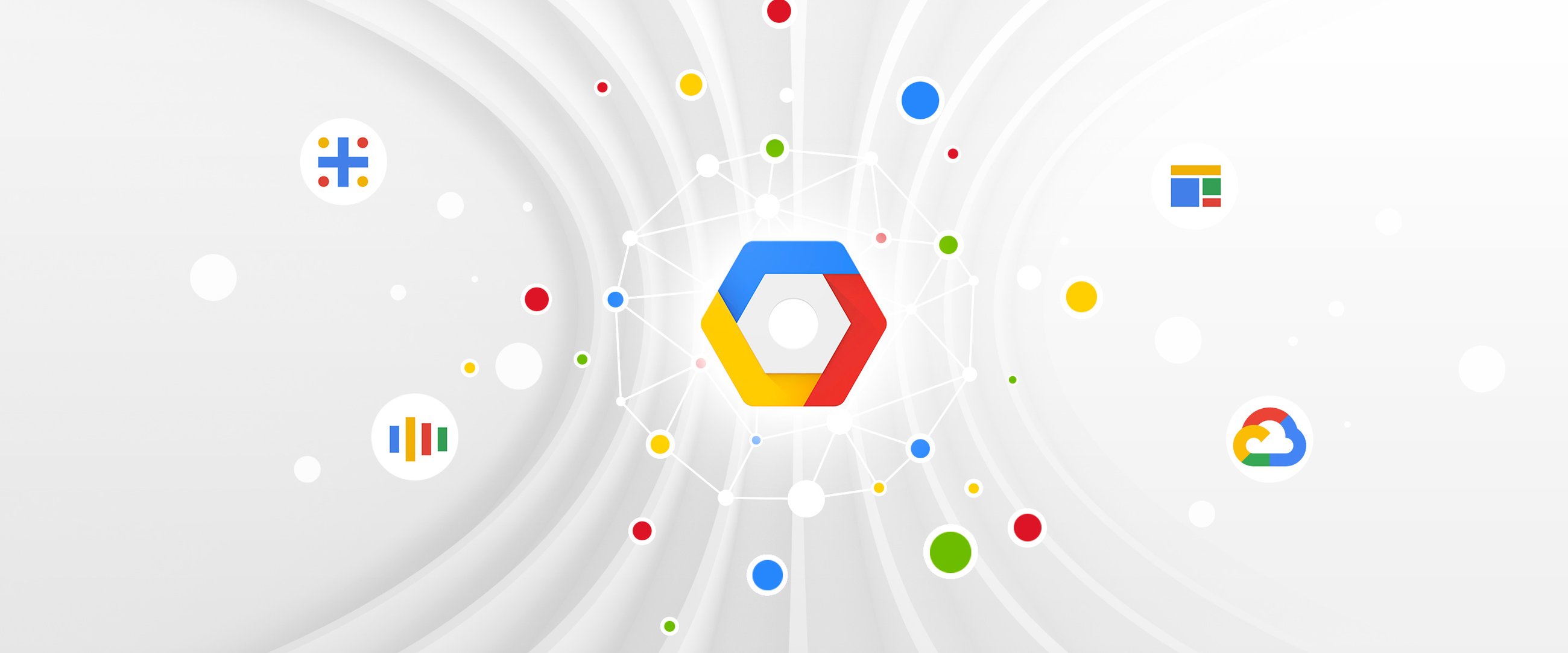New Year’s resolutions for the Google Cloud crowd

Google Cloud Content & Editorial
You probably already set some goals for yourself for 2019, but what about for your cloud architecture? We’ve assembled some New Year’s resolutions to guide the way toward operating a faster, more efficient cloud infrastructure. Whether you tackle one or all of these this year, you’ll come away better for it.
1. Lose some data weight.
This will be more fun than cutting out carbs, we promise. It’s data weight that lots of cloud and data center operators have to lose. For example, you might have unaccounted-for VMs or Compute Engine backups you don’t need anymore. Consider taking inventory and finding workload owners to reclaim capacity and save costs.
2. Exercise your data more.
The cloud is opening up lots of new avenues to explore all the data you collect. BigQuery is our serverless alternative to on-premises data warehousing and analytics, and its interface will be familiar to anyone who knows SQL. Try it out with our publicly available datasets, then check out BigQuery solutions from our partners on the GCP Marketplace.
3. Save money to stretch your IT budget.
The pricing model for cloud is a lot different from on-premises, and it can involve a learning curve when you’re getting started. Our GCP pricing calculator can help guide you through estimated costs for our range of products, so you can understand how pay-as-you-go works, whether it’s for Compute Engine or Cloud Functions—then start budgeting for the year ahead.
4. Learn a new technology skill.
If you want to hone your cloud technology skills, there are some pretty intriguing areas to explore right now. See how AutoML works, experiment with AI, or get to know serverless with this quick start guide to Cloud Functions.
5. Make new friends, online and in-person.
Lots of cloud tools entering the mainstream are largely based on the concept of openness and a community-driven mindset. Open-source tools mean your fellow developers are building the product in real time, and you can contribute code and improve products too. You can be part of a Google Cloud community, whether it means joining Github, becoming cloud certified with your peers or attending Next ‘19.
6. Get more sleep while monitoring watches your cloud.
With a cloud foundation in place, your next step is managing all these instances and applications. Stackdriver monitoring and logging lets you set up alerts and use collected data to make changes and improvements to your GCP systems. To keep making your infrastructure more reliable, learn more about what SRE is and how you can implement its principles.
Let us know how you’re doing sticking to your resolutions!


